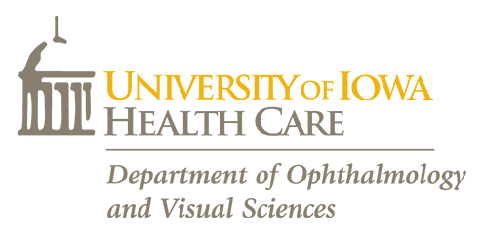ROP is a blinding eye disease of premature infants that affects more than 80% of babies born with birthweight less than 1000 g. With the current understanding of etiology and treatment, all infants born at less than 1500 g should receive regular ROP eye examinations starting at 4 weeks chronologic age or 31 weeks postconceptional age, whichever is later. The examinations should proceed every 1 to 2 weeks, sometimes even more frequently, until resolution of the ROP, or until treatment is needed. About 8% of premature infants can be expected to require treatment overall; the percentage may be closer to 25% of those born at less than 750 g. Babies who require treatment are not out of the woods; close ophthalmologic follow up is needed short-term and long-term. Even infants whose disease resolves without treatment will need regular eye examinations at least throughout early childhood. Although the rate of blindness from ROP has dropped since the years before any treatment was available, there are many new cases of blindness each year from this disorder, and it remains a leading cause of childhood blindness and visual disability in the United States. One can envision a day when NICUs will be much smaller, because premature birth has been reduced in frequency. The newborn premature infants will have genetic testing to see whether they are at high risk for ROP based on genotype. Computerized risk analysis will aid in planning a course of action. If there is a predisposition for severe ROP, frequent eye examinations, perhaps with an automated system that does not touch the eye or stress the infant, will be done. Antigrowth factor and antiangiogenesis medication may be administered to the eyes. Certain systemic drugs or medications may be avoided, while others are instituted. Oxygen tension will be monitored precisely. When this day has come, the laborious task of weekly eye examinations with an indirect ophthalmoscope and destruction of the peripheral retina to save the center will be of historical interest only. Until then, one can work toward the future, but be thankful now that the rate of blindness from ROP has dropped, thanks to close surveillance, improved understanding of natural history, and a treatment that, while not perfect, is remarkably effective in preserving central vision.
Retinopathy of prematurity.
Journal:
Advances in Pediatrics
Additional Information:
2006;53:211-26.
Publication Date:
Sep 23 2006
Pubmed ID:

